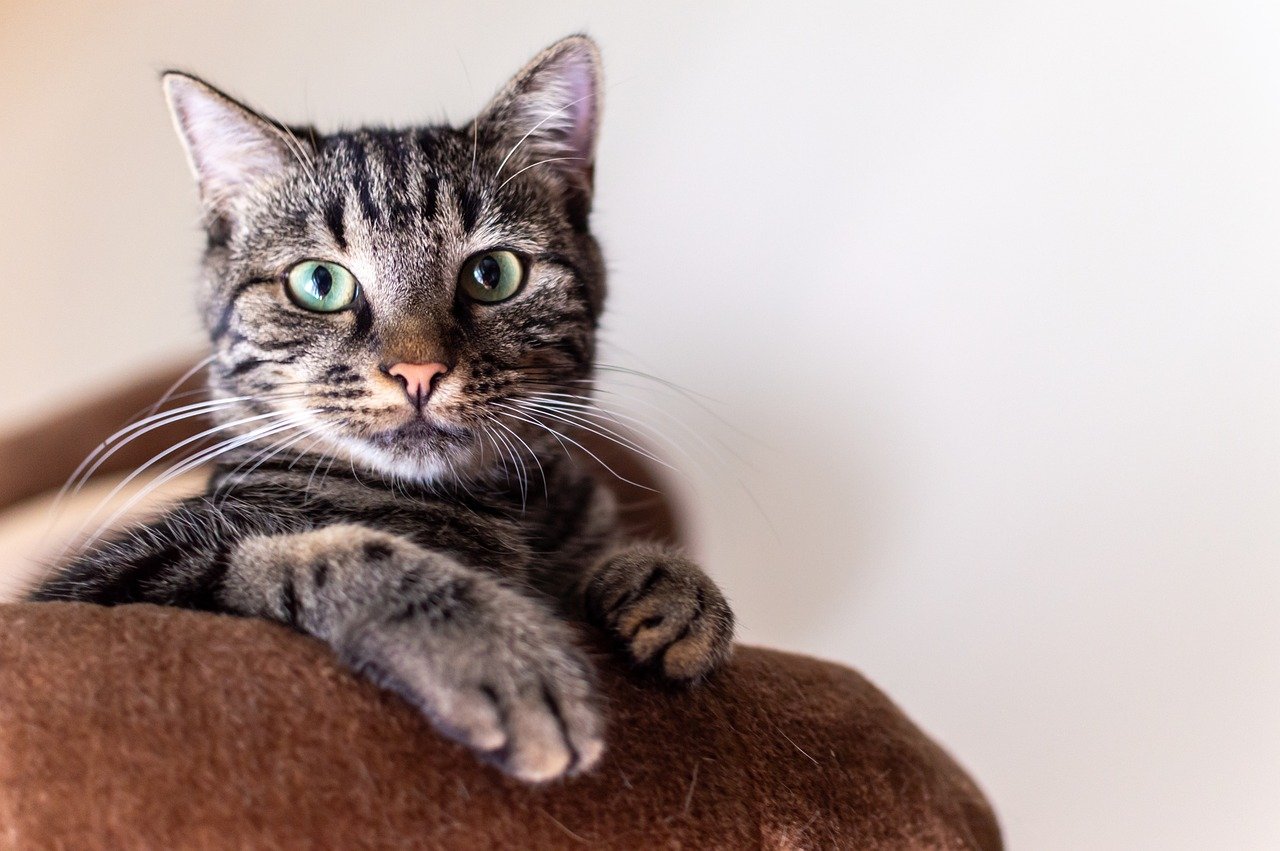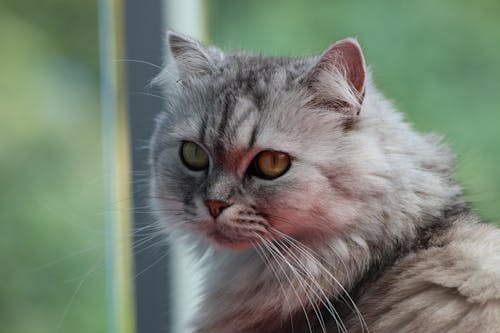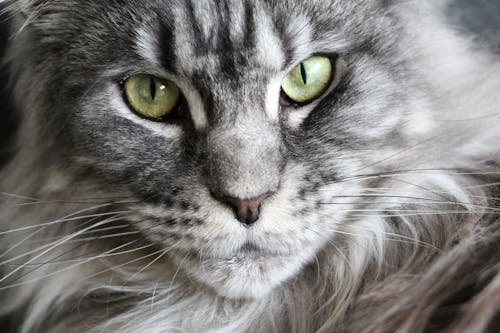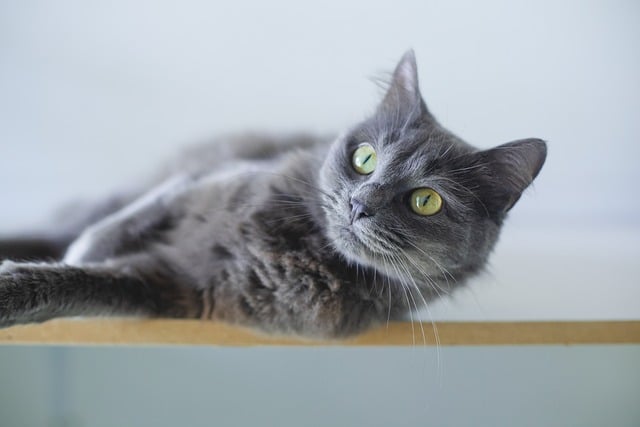Introduction to the Enchanting World of Cats

Cats have intrigued and captivated humans for millennia with their unique blend of independence, grace, and mystery. Domesticated around 9,000 years ago, Felis catus, or the domestic cat, has become one of the most popular pets worldwide. This article delves into the diverse facets of cats, from their historical significance to their roles in modern society.
Historical and Cultural Significance
Ancient Reverence
In ancient Egypt, cats were revered and often associated with the goddess Bastet, symbolizing home, fertility, and protection. Killing a cat, even accidentally, was punishable by death. Archaeological finds, including mummified cats and cat statues, highlight their esteemed place in Egyptian society.
Medieval Superstitions
During medieval times in Europe, cats, especially black ones, were linked to witchcraft and superstition. They were believed to be familiars of witches or even witches in disguise, leading to widespread persecution. This resulted in a decline in cat populations, which some historians believe contributed to the spread of the Black Plague due to increased rodent populations.

Cats in Literature and Art
Cats have been prominent in literature and art throughout history. From the mischievous Cheshire Cat in “Alice in Wonderland” to Edgar Allan Poe’s “The Black Cat,” these animals have inspired countless works. In art, cats appear in ancient murals, Renaissance paintings, and modern photography, reflecting their enduring fascination.
Diversity of Cat Breeds
Siamese: The Social Butterfly
Siamese cats are known for their slender bodies, striking blue eyes, and vocal nature. They are highly social and often seek interaction with their human companions. Their short, fine coats come in various point colors, including seal, blue, chocolate, and lilac.
Persian: The Regal Beauty
Persian cats are characterized by their long, luxurious fur and distinctive flat faces. They have a calm and gentle demeanor, preferring quiet and serene environments. Regular grooming is essential to maintain their coat’s beauty and health.

Bengal: The Miniature Leopard
Bengal cats have a wild appearance, with coats covered in rosettes or marbling reminiscent of leopards. They are energetic, playful, and intelligent, requiring plenty of stimulation and interaction to keep them happy.
Maine Coon: The Gentle Giant
Maine Coons are one of the largest domestic cat breeds, known for their friendly and affectionate nature. They have tufted ears, bushy tails, and a rugged, water-resistant coat. Despite their size, they are gentle and get along well with children and other pets.

Sphynx: The Hairless Wonder
Sphynx cats are known for their lack of fur, which exposes their wrinkled skin and prominent cheekbones. They are affectionate and enjoy being the center of attention. Despite their hairlessness, they require regular grooming to remove oils from their skin.
Physical and Behavioral Traits
Anatomy and Physiology
Cats are built for hunting, with retractable claws, sharp teeth, and acute senses of sight, smell, and hearing. Their flexible bodies and powerful hind legs allow them to jump great distances and land gracefully. A cat’s tongue is covered with tiny, hook-like structures called papillae, aiding in grooming and feeding.
Communication
Cats communicate through vocalizations, body language, and scent marking. They use a variety of sounds, including meows, purrs, hisses, and growls, to convey different messages. Tail position, ear orientation, and body posture also provide clues to a cat’s mood and intentions. Scent marking, through facial glands and urine spraying, is used to establish territory and communicate with other cats.

Grooming Habits
Grooming is a vital part of a cat’s daily routine, helping to regulate body temperature, remove parasites, and maintain coat health. Cats spend several hours a day grooming themselves, using their rough tongues to clean their fur. However, excessive grooming can indicate stress, anxiety, or medical issues.
Health and Nutrition
Dietary Needs
As obligate carnivores, cats require a diet rich in animal protein. Essential nutrients like taurine, arachidonic acid, and vitamin A must come from animal sources. Commercial cat foods are formulated to meet these needs, but some owners prefer raw or homemade diets. It’s crucial to ensure these diets are nutritionally balanced to prevent deficiencies.
Common Health Issues
Regular veterinary care is essential for maintaining a cat’s health. Common health issues include dental disease, obesity, kidney disease, and diabetes. Vaccinations, parasite control, and routine check-ups can help prevent and manage these conditions. Early detection and treatment are vital for ensuring a cat’s quality of life.
Spaying and Neutering
Spaying and neutering are crucial aspects of responsible pet ownership. These procedures help control the cat population and reduce the risk of certain health issues and behaviors. Spayed and neutered cats are less likely to roam, spray, or exhibit aggressive behavior.

Behavioral Challenges and Solutions
Litter Box Issues
Litter box aversion can be a common problem among cats. Causes may include dirty litter boxes, stress, or medical conditions. Ensuring clean, accessible litter boxes and addressing any underlying issues can help resolve this problem.
Scratching and Clawing
Scratching is a natural behavior for cats, used to mark territory and keep their claws healthy. Providing appropriate scratching posts and surfaces can help prevent damage to furniture. Training and positive reinforcement can encourage cats to use designated scratching areas.

Aggression and Fear
Aggression and fear can stem from various sources, including territorial disputes, lack of socialization, or medical issues. Identifying the cause and using behavioral modification techniques, such as gradual desensitization and positive reinforcement, can help manage these behaviors.
Training and Enrichment
Training Techniques
While cats are often seen as independent and difficult to train, they can learn behaviors and tricks with patience and consistency. Positive reinforcement, using treats and praise, is the most effective method. Training can include litter box use, scratching post preference, and even tricks like sitting or high-fiving.
Environmental Enrichment
Environmental enrichment is crucial for a cat’s mental and physical well-being. This includes providing scratching posts, toys, climbing structures, and interactive play. Puzzle feeders and treat-dispensing toys can stimulate a cat’s mind and provide physical exercise. Outdoor access, whether through supervised outings or enclosed spaces, can also be beneficial.
Social Interaction
Social interaction is important for a cat’s emotional health. Regular playtime, petting, and gentle handling can strengthen the bond between cats and their owners. For multi-cat households, ensuring adequate resources and space can help minimize conflicts and promote harmony.

Adoption and Responsible Ownership
Considering Adoption
Adopting a cat from a shelter or rescue organization can be a rewarding experience. Many cats in shelters are looking for loving homes, and adoption can provide them with a second chance. Prospective owners should consider their lifestyle, the cat’s temperament, and the long-term commitment of pet ownership.
Preparing for a New Cat
Before bringing a new cat home, it’s important to prepare the environment. This includes setting up a safe space with food, water, litter boxes, and comfortable bedding. Gradual introductions to other pets and family members can help ease the transition.
Long-Term Commitment
Owning a cat is a long-term commitment that includes providing food, healthcare, and emotional support. Regular veterinary care, a balanced diet, and a stimulating environment are essential for a cat’s well-being. Understanding and addressing behavioral and health issues promptly can ensure a happy, healthy life for the cat.

Cats in Science and Culture
Scientific Contributions
Cats have made significant contributions to science and medicine. Feline genetics have provided insights into human diseases, and cat models are used in research for conditions like spinal cord injuries and diabetes. Studies on feline behavior and communication have also advanced our understanding of animal cognition and social dynamics.
Cultural Impact
Cats have left an indelible mark on human culture, appearing in literature, art, and mythology. In modern times, cats have become internet sensations, with countless videos, memes, and social media accounts dedicated to them. Famous internet cats like Grumpy Cat and Lil Bub have amassed millions of followers, highlighting the global fascination with these animals.
Conclusion
Cats continue to enchant and inspire people around the world. Their unique blend of independence, grace, and affection makes them cherished companions. From their historical significance to their roles in modern society, cats have left an indelible mark on human culture. Whether lounging in a sunny spot or engaging in playful antics, cats bring joy, comfort, and companionship to millions of households.

Their enigmatic nature, combined with their playful and affectionate behavior, makes them beloved pets. As we continue to learn more about these fascinating creatures, our appreciation for their complexity and charm only deepens. Cats, with their blend of mystery and majesty, will undoubtedly remain a beloved part of our lives for generations to come.
